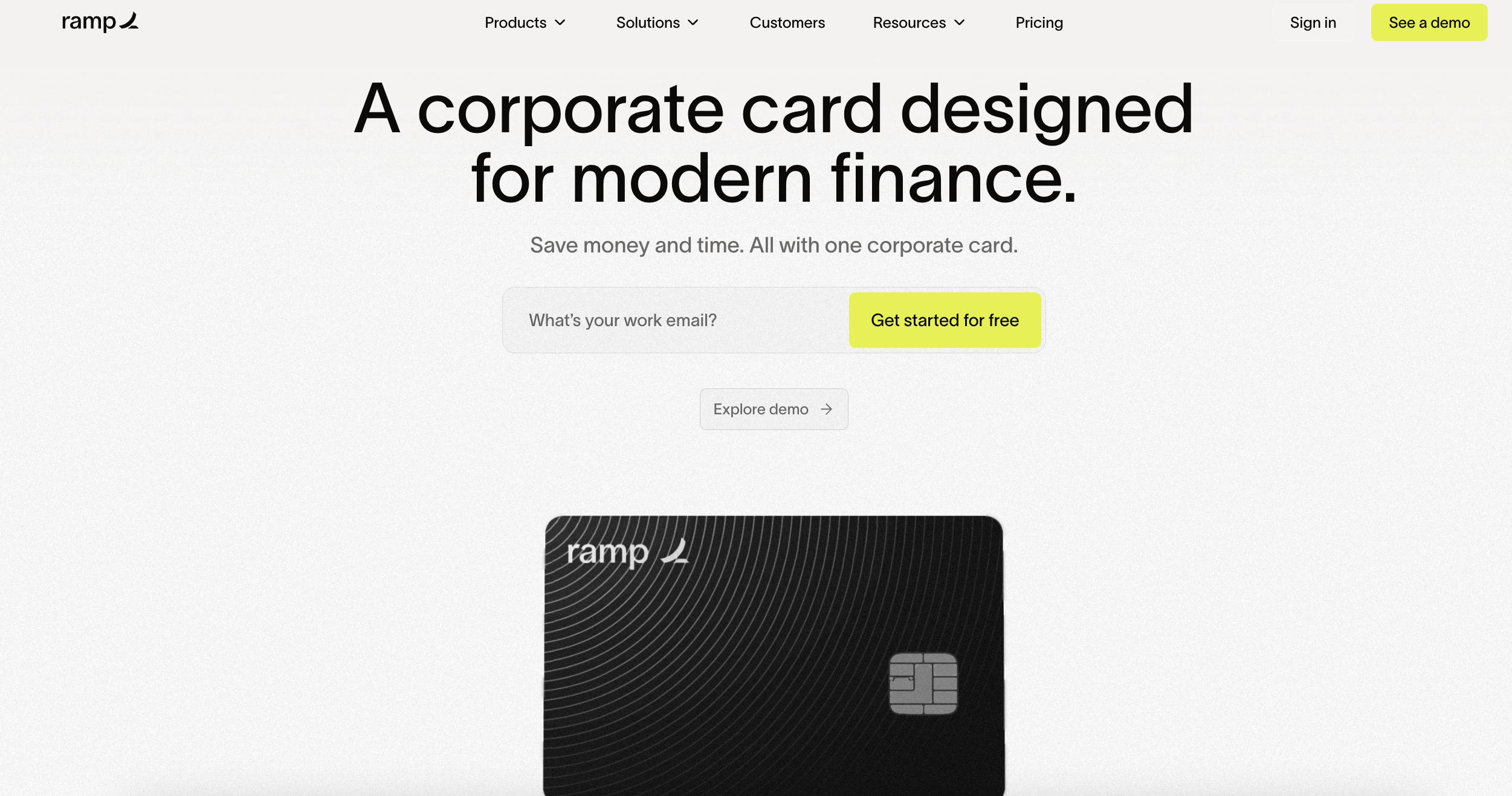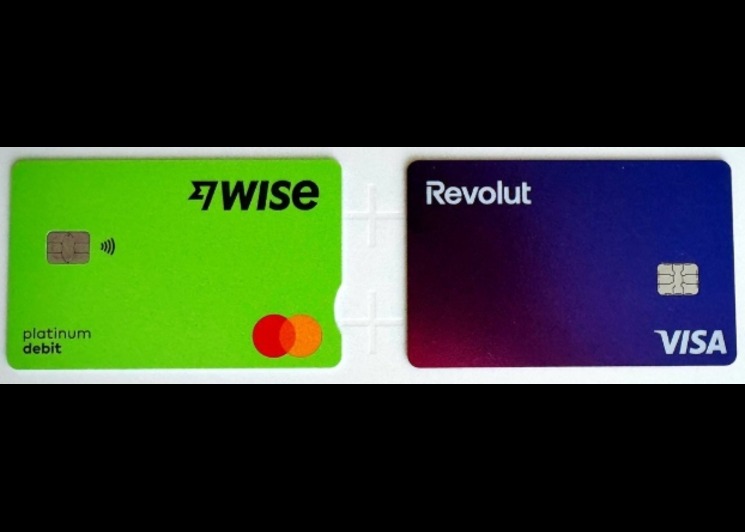Why the Ramp Card Might Be the Best Business Card You’ve Never Considered

When people search for the Ramp card, they usually want to understand how it works, who it is built for and whether there are better options. We work closely with thousands of businesses at Bycard, so we see how teams manage spend in the real world. Because of that, we study other tools in the ecosystem too, including Ramp, and how our platform compares for teams that operate online, globally or at scale.
In this breakdown, we walk through what the Ramp corporate card delivers, where it excels, and where a flexible virtual card platform like Bycard can offer a smarter spend experience.
What the Ramp Card Offers at a Glance

The Ramp card focuses on automation and structured spend governance. From our view in Bycard, here is what stands out:
- Zero annual fees
- Flat 1.5 percent cash-back on eligible spend
- Unlimited physical and virtual cards
- Charge-card model that requires monthly full repayment
- No personal guarantee
- Strong accounting integrations and automatic categorization
Ramp’s automation is meaningful. Many customers report that closing books becomes up to 75 percent faster, which aligns with what we also see in teams that shift toward structured spend systems.
Who Ramp Works Best For (and Where Some Teams Look Elsewhere)
Ramp majors on Corporate Cards that tends to fit companies with predictable spending and strict internal rules.
Ramp is a great fit for:
- Teams with many employees issuing cards
- Companies with large SaaS or vendor stacks
- Finance teams that want structured approval flows
- Businesses focused on strong spend control
Teams often look elsewhere if they need:
- A revolving credit option
- Smooth multi-currency spend
- Global vendor payments
- Deep flexibility for online advertising campaigns
- Large-scale virtual card issuance for media buying
How Ramp’s Rewards and Savings Work
Ramp delivers simple, predictable rewards: 1.5 percent cash-back on eligible purchases.
For context, if a business spends 300,000 dollars per year, the return is:
4,500 dollars in cash-back.
Ramp’s operational savings also matter:
- Unlimited virtual cards reduce fraud
- Vendor segmentation becomes simpler
- Accounting automation reduces reconciliation work
- Policy controls help finance teams enforce rules
Important Limitations to Keep in Mind
As we compare platforms, a few Ramp limitations often come up in
1. Charge-card model
You must pay the full balance each month.
2. Multi-currency limitations
This is a key difference, especially for global businesses.
3. Eligibility tied to banking activity
Early-stage companies sometimes hit this requirement.
4. Occasional merchant declines
Some teams experience this depending on spend type.
These gaps become important for businesses managing international payments or online ad spend.
Why Bycard is a Strategic Alternative

Bycard serves over 36,000 users and 1,400 businesses, especially in industries where global online payments grow fast. Focusing on helping teams manage global online spend, bill payments and scalable virtual card workflows. Because our platform supports multi-currency use cases and campaign-level spending, many companies using Ramp for structure still rely on Bycard for flexibility.
Bycard focuses on:
- instant virtual card creation
- multi-currency support for international vendors
- unlimited issuance for campaigns, vendors and employees
- strong spending limits and category-based controls
- high-volume online and ad platform payments
- quick onboarding and simple funding
Ramp vs Bycard — Clear Comparison
Here is one of the clearest way teams understand the difference.
| Feature | Ramp Card | Bycard |
| Annual fee | 0 dollars | 0 dollars |
| Card type | Charge card | Virtual debit card model |
| Cash-back | 1.5 percent | Not rewards-focused |
| Virtual cards | Unlimited | Unlimited |
| Physical cards | Yes | Not the focus |
| Multi-currency | Limited | Strong support |
| Bill payment | Yes | Global bill payment |
| Expense tools | Automation-heavy | Granular vendor and campaign spend control |
| Best for | Structured finance workflows | Global online spend and media buying |
Tips to Help Teams Choose Between Ramp and Bycard
| Business Need | Ramp Card Is Better If | Bycard Is Better If |
| Rewards | You want flat cash-back on spend | You prefer flexible controls over rewards |
| Automation | You want strong accounting automation | You need fast card issuance and campaign-level control |
| Type of Spend | Your spending is structured and office-based | Your team handles online subscriptions, vendor billing and global ad spend |
| Currency Needs | Your spending is mostly domestic | You spend in multiple currencies across regions |
| Card Flexibility | You issue a standard number of cards | You need unlimited flexible virtual cards |
| Spend Control | You rely on traditional finance workflows | You want granular controls for campaigns and vendors |
Conclusion
The Ramp card works well for structured financial teams that want automation and predictable rewards. As we see from thousands of conversations, businesses with global spend, multi-currency payments, online vendor transactions or campaign-specific budgets often choose Bycard because it adapts faster to real-world spend patterns.
Both are strong tools, but they solve different problems.
If you are evaluating your options, explore your needs and spend behavior, then compare your choices and find the Ramp alternative that fits your workflow best.







